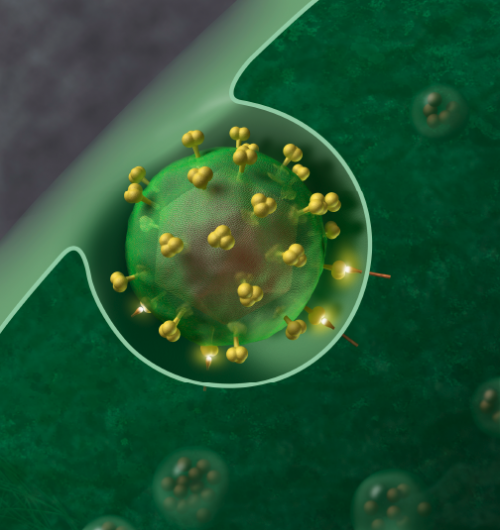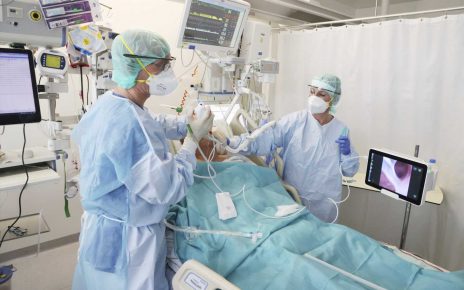
Spanish doctors highlight the importance of targeting and testing older adults for HIV in a case report being presented at the European Congress of Clinical Microbiology & Infectious Diseases (ECCMID) held online this year. Dr. Enrique Garcia Carus and colleagues from the Central University Hospital of Asturias detail the case of an 83-year-old man with a month-long history of fever and weight loss who was admitted to hospital in July 2019 in the northern Spanish city of Oviedo.
In the past, he had been treated for high blood pressure, atrial fibrillation (a heart condition that causes an irregular and often abnormally fast heart rate), and had an aortic valve replacement in May 2013. Blood tests revealed anaemia, low levels of white blood cells (lymphopenia) and platelets (mild thrombocytopenia), and reduced kidney function. Blood cultures were negative for life-threatening blood infections.
However, imaging of the heart showed that the valve replacement was not working and identified a slight thickening in a collection of smaller veins suggestive of endocarditis—a potentially fatal bacterial infection of the inner lining of the heart. The patient was given eight weeks of antibiotics and returned home, but remained feverish.
As his condition deteriorated, the patient presented to the emergency department where he was tested for HIV, hepatitis B virus (HBV), hepatitis C virus (HCV), and syphilis. He tested positive for HIV, with a CD4 cell count of 182 (when a CD4 count is lower than 200, it is clinically AIDS), and a high HIV viral load of 180,564 copies/ml. At age 83 years, he is one of the oldest people ever to have been newly diagnosed with HIV, although the scientific literature is not completely clear on where he ranks in this regard.
He was started on triple antiretroviral treatment, and after one year of treatment, his HIV viral load became undetectable. Two years after starting treatment, the patient, a Caucasian male, is well and has celebrated his 85th birthday.
He has been married for more than thirty years, but his wife has always tested negative for HIV infection. He denied having sex outside his marriage, and also claimed not to have injected drugs. The authors says that it is not possible to determine when he became infected, but likely after the age of 70 years old.
“We must debunk beliefs among healthcare professionals that older adults are not sexually active or use drugs, and misconceptions among older adults that they are not at risk of HIV”, says lead author Dr. Garcia Carus from the Central University Hospital of Asturias. “The diagnosis of HIV is often missed in older people, resulting in high rates of late presentation which in turn substantially reduce chances of survival.”
The average age of people with HIV is increasing—around half of Americans diagnosed with HIV in 2018 were aged 50 or older. The oldest person with HIV lived to 100 years old, after being diagnosed with stage 3 HIV in 2004 at the age of 84. Studies consistently show that older people are being diagnosed late in the course of the infection, with three out of five over-50s with HIV in the UK receiving a late diagnosis. Late-stage infections have more than a tenfold increased risk of death in the year following diagnosis compared with those who are diagnosed early and begin treatment immediately.
Source: Read Full Article



